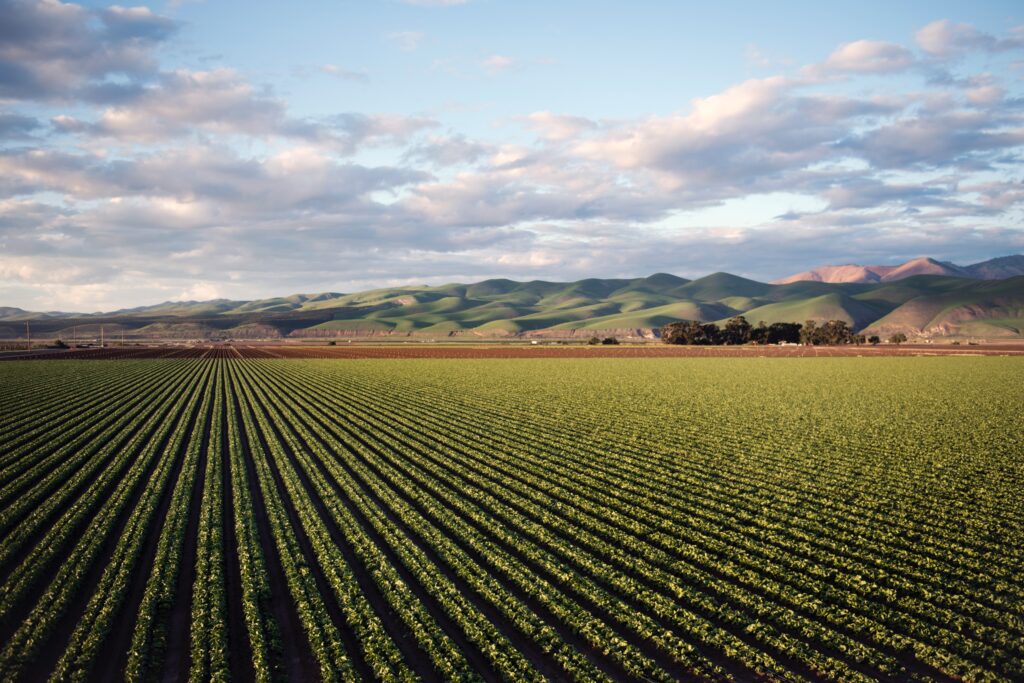Sri Lanka is a Haunting Picture of Agriculture Without Natural Gas

There is no question that natural gas and its infrastructure are an integral part of our nation’s agricultural system. We can see that across our nation, but there are examples around the globe as well. And a very tangible example of the impact that a country would face without natural gas can be seen in Sri Lanka.
Sri Lanka is an agricultural society. Their people are intensely reliant on the land, not only for the food they eat, but also for the cash crops they produce and sell for currency. Reliable food crops mean that children are better nourished and have the opportunity to live a healthy life. Bumper crops of cocoa, vanilla and other important crops translate to a growing economy, more funding for education and development, and a higher standard of living. Agricultural success in Sri Lanka is synonymous with human development.
Sri Lanka has long subsidized fertilizer. The reason for this is simple. Modern fertilizers made with natural gas have tremendously benefited humanity. Countries that can reliably access fertilizer and grow their own crops for consumption and export usually yield good results for their citizens and GDP. Sri Lanka’s decision to subsidize fertilizer meant that local farmers could afford to use more of it. This increased the quantity and quality of their agricultural yields in a significant way, creating a virtuous cycle of growth and development.
The Covid-19 pandemic changed that. The disruption to the global economy meant that the government of Sri Lanka could no longer afford to subsidize imports of fertilizers derived from natural gas. The government chose to lean into this, directing farmers to instead use alternative fertilizers and outlawing the use of natural gas-based fertilizers. Against their own will, Sri Lankan farmers became a horrifying example of what agriculture would look like without natural gas.
The results were catastrophic. Agricultural yields plunged by 50 percent in a single year. Thirty percent of the population is now food insecure and requires food assistance. An appalling 90 percent of the population was forced to cut back on how much they eat, skipping meals or cutting portions. Government workers had to be given an extra day off to allow them to try and grow their own food. Parents must often skip meals to try and give their children enough to eat. Sometimes, even these measures aren’t enough.
The economy collapsed. Agricultural exports dropped, leading to a financial crisis. Reaching above 50%, inflation ran rampant. The government could no longer pay for imports, including fuel. A country of 22 million was plunged into literal darkness as the lights went out. Without fuel for vehicles, transport ground to a halt and tractors stopped being able to plow their fields, creating a vicious cycle of ruin. In many ways, a modern country was forced to revert to an almost preindustrial era.
Perhaps most damaging, the collapse of the economy meant that the government could no longer afford to return to subsidizing imports of fertilizers. The agricultural catastrophe that led to a financial crisis made it impossible to return agriculture to normal. It’s not clear if or how Sri Lanka will be able to recover, especially with the country’s debts continuing to increase.
The statistics are horrifying, but it’s important not to lose sight of what those statistics mean for human beings. Without money to pay for school uniforms, lunches, transport and supplies, many parents have been forced to choose which of their children to keep in school. The lives of those children not chosen will be permanently blighted by this catastrophic mismanagement. Generational wealth built over decades has been lost, along with the hopes people had for a better future for their children. The consequences of this disaster will reverberate for generations.
We must learn from other’s mistakes. The consequences of abandoning natural gas can be seen when we look at Sri Lanka.
